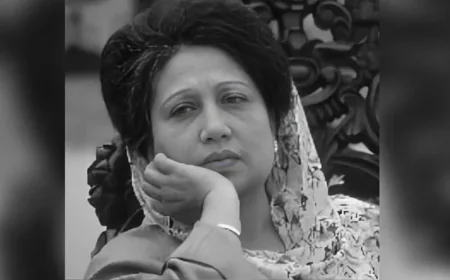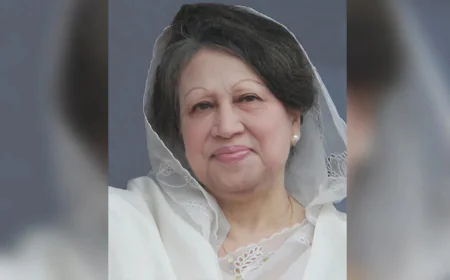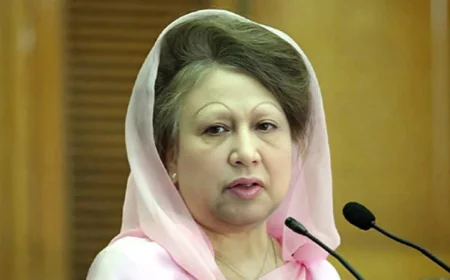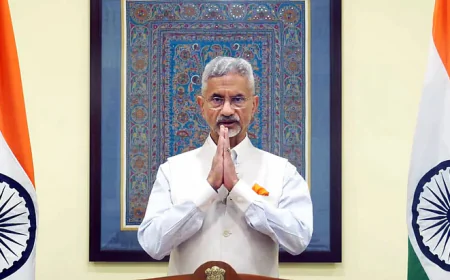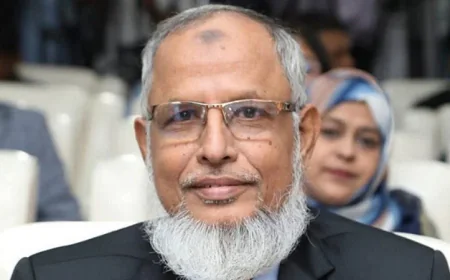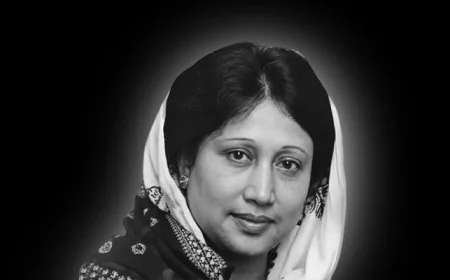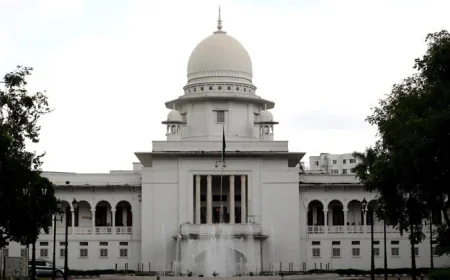UNFPA estimates Bangladesh population at 175.7 million
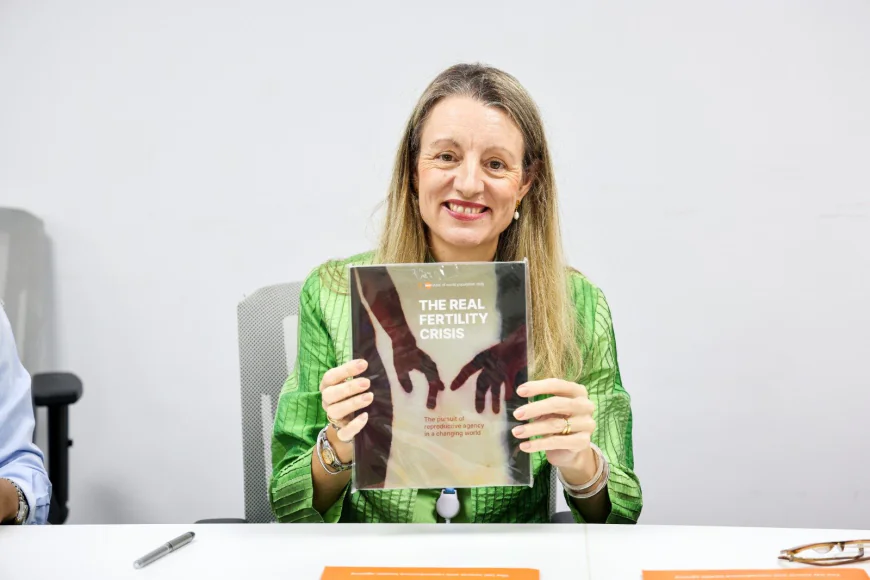
Bangladesh's population stands at 175.7 million in 2025, with two-thirds in the working-age group, offering a crucial opportunity to reap the demographic dividend, according to the United Nations Population Fund (UNFPA). The findings were revealed in UNFPA's flagship annual publication, the State of World Population (SWOP) 2025, which was officially launched at a press event today at the UN Building in the capital's Gulshan area. "As of 2025, the global population stands at 8.2 billion. Bangladesh's population is estimated at 175.7 million, of which half are women, and two-thirds (115 million) are in the working-age group. It is an opportunity to harness the demographic dividend," said UNFPA Representative in Bangladesh Catherine Breen Kamkong while unveiling the report. However, she noted that 7 percent of the population, approximately 12 million people, are aged 65 and above, indicating the onset of population ageing.
Highlighting the youth segment, Kamkong said adolescents comprise 19 percent of Bangladesh's population about 33 million while the broader youth cohort aged 10 to 24 accounts for 28 percent, nearing 50 million. This year's report, titled "The Real Fertility Crisis - The Pursuit of Reproductive Agency in a Changing World", questions prevailing narratives around population growth, stating that the real issue lies not in the number of births, but in people's ability to exercise reproductive agency. "Around the world, and here in Bangladesh, people-especially women and young people-are unable to realize their reproductive intentions due to systemic, economic, and social barriers," Kamkong said. The report draws on a global UNFPA survey, academic research, and real-life experiences to provide an in-depth look into fertility patterns and reproductive rights. In global comparisons, countries like the Republic of Korea have witnessed drastic fertility declines, with just 0.8 children per woman, the lowest worldwide.
Conversely, some African nations continue to see high fertility rates, with Niger topping the chart at 5.8 children per woman. Bangladesh falls in the mid-range with a total fertility rate (TFR) of 2.1. However, certain regions of the country report persistently high adolescent birth rates, driven by early marriage, limited access to contraceptives, and inadequate sexuality education. The report also addresses unfulfilled fertility aspirations in 14 countries, showing that while most individuals desire two children, many end up with fewer due to barriers in accessing reproductive health services, while others have more than planned due to lack of information and resources. Kamkong pointed to high out-of-pocket healthcare expenses in Bangladesh, warning that many people without adequate financial means are unable to access necessary care. "In Bangladesh, the government currently invests only 0.7% of GDP and 2% of the common budget for health. We hope that it will be increased to 5% of GDP and 15% of the common budget as the health and well-being of Bangladesh is crucial for harnessing the future potential of the country," she said.
She emphasized that increased investment would allow for the recruitment, deployment, and retention of a skilled health workforce, including midwives, as well as ensure the uninterrupted availability of life-saving medicines and a variety of contraceptives to expand women's choices. UNFPA officials, development partners, government representatives, and civil society members were present at the event.
